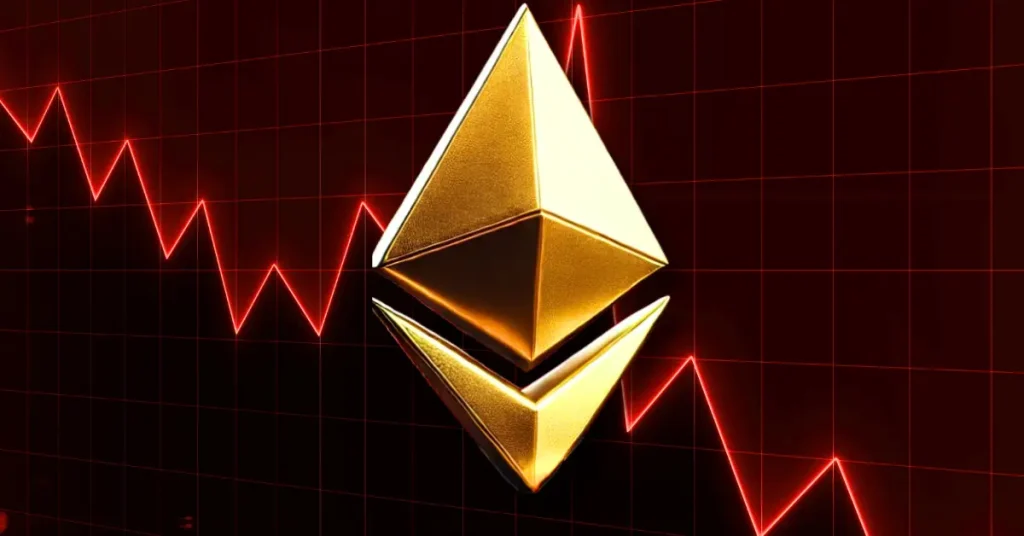Three Projects That Were Long RISC-V Before Vitalik Began Shilling It



The post Three Projects That Were Long RISC-V Before Vitalik Began Shilling It appeared first on Coinpedia Fintech News
Last week, most ethereans had never heard of RISC-V, let alone worked out how to pronounce it (for the record it’s “risk-five”). Now suddenly everyone’s an expert on the blockchain instruction kit that’s being touted as a replacement to the EVM – and by no less than Vitalk
himself
. While some crypto figures have heaped praise on the Ethereum founder for belatedly seeing the light, others are surprised he didn’t convert sooner – particularly given that RISC-V’s capabilities have been well documented for years.
Describing the function of RISC-V is less than straight-forward, since it’s not technically a virtual machine like the EVM. It’s been variously described as “instruction set architecture” and “hardware-level ISA for physical processors,” neither of which sheds much light on what RISC-V actually does. So let’s express it in layman’s terms: RISC-V make computer run better. There, that was easy.
As for whether Ethereum will indeed ditch the virtual machine that’s got its name in it and switch to the rival RISC-V that’s more synonymous with Polkadot remains to be seen. But for the record, the following blockchain projects were long RISC-V long before Vitalik latched on.
Cartesi
One of the first projects to have seen RISC-V’s potential is Cartesi , the modular blockchain for performant dapps, all secured by rollups. It specified its chain to be powered by RISC-V from day one – indeed the framework is cited 56 times in Cartesi’s original whitepaper . As its docs explain, “The RISC-V ISA, on which Cartesi Machines are based, consists of a minimal 32-bit integer instruction set to which several extensions can be added.” If that’s a little too technical for you to parse, we’ll stop there, since Cartesi’s explanation only gets more complex from there.
Besides, what’s important isn’t so much the implementation as the foresight that Cartesi’s team had in identifying the need for a processor that was more scalable than the EVM. This might sound obvious now, in an age where Ethereum is stagnating and newer L1s such as Solana and Sui are racing ahead, but that’s just hindsight talking. In 2018, the EVM could do no wrong in the eyes of most devs. Cartesi saw things differently, and it’s now been vindicated, regardless of whether or not Ethereum ultimately switches software.
Wanxiang Blockchain
As its name suggests, Wanxiang is a Chinese blockchain company and its team was one of the earliest to see the potential in RISC-V, having been touting the tech since 2021. In fact, Wanxiang’s technical team were so intrigued by the potential for RISC-V’s implementation within a blockchain context that they
founded
an SIG (special interest group) to explore applications for it.
Together with partners LeapFive, StarFive, and SiFive, Wanxiang has put its brightest minds to the task of identifying how best to leverage RISC-V’s ISA to create innovative blockchain solutions powered by open source technology. The Wanxiang team were particularly taken with RISC-V’s ability to support a range of cryptographic algorithms and enable developers to create secure, trusted solutions.
Web3 Pi
If you’ve never heard of Web3 Pi, don’t be ashamed – most crypto users haven’t. It’s a project dedicated to making it easier to run an Ethereum node on a Raspberry Pi. This might not be the stuff that web3 mass adoption is made of, but it’s an interesting exercise from an intellectual and technological perspective nonetheless – especially when you discover that Web3 Pi has managed to run a fully synced Ethereum node on RISC-V.
This was achieved just over a month ago, and may have influenced Vitalik to go public with his thoughts on why Ethereum is ready to embrace the blockchain instruction set. Since this article can’t be closed out until RISC-V has been described a dozen different ways, incidentally, it should be noted that Web3 Pi refers to the tech as an “open-standard Instruction Set Architecture (ISA).”
We’ll leave the final word on RISC-V and its potential path to being integrated onto Ethereum mainnet to Vitalik : “A more radical approach from a protocol perspective is to convert existing EVM contracts into contracts that call an EVM interpreter contract written in RISC-V that runs their existing EVM code.” For a developer community still coming to terms with Pectra and its umpteen delays, the prospect of running all existing dapps through a converter may be a tough gig to sell. But if anyone can do it, Vitalik can.

President Donald Trump to Hold an Exclusive Dinner For Top 220 $TRUMP Token Holders on May 22
The post President Donald Trump to Hold an Exclusive Dinner For Top 220 $TRUMP Token Holders on May ...

Mega Bullish: SOL Strategies Announces $500M to Buy More Solana
The post Mega Bullish: SOL Strategies Announces $500M to Buy More Solana appeared first on Coinpedia...

After Rising Above $1800, Here’s What to Expect from the Ethereum (ETH) Price Rally This Month
The post After Rising Above $1800, Here’s What to Expect from the Ethereum (ETH) Price Rally This Mo...

